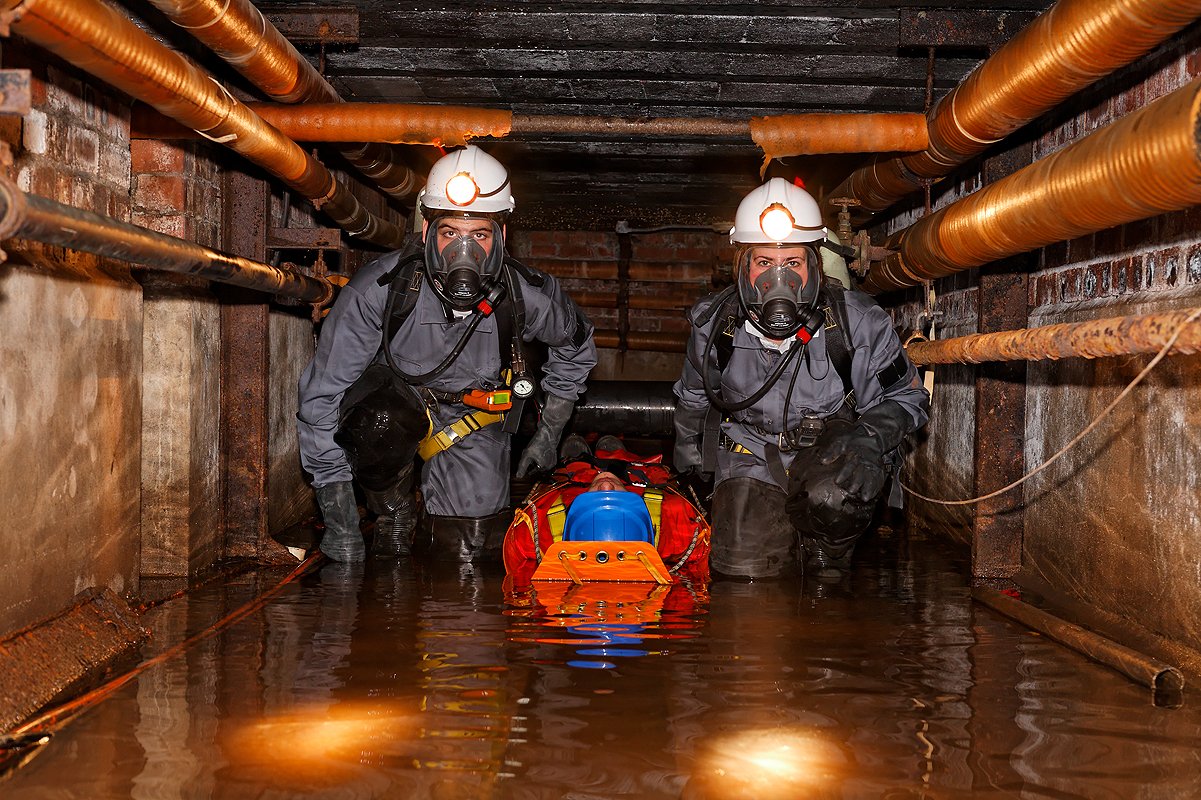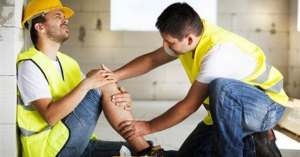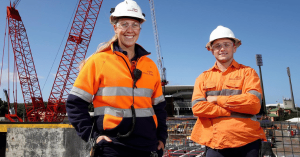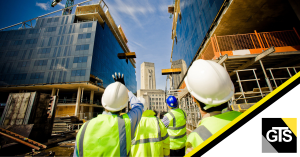Gaining competency in your field means understanding the impending dangers of working in a confined space. Working in confined spaces and monitoring hazardous gases requires highly focused and well-trained workers as there is simply no room for error in these high-risk environments. Whenever you’re on site, your biggest priority should be the safety of your teammates.
If your business requires employees to work in a confined area, anyone working in the enclosed area should have the relevant confined space entry permits and be fully trained in how to safely work in confined spaces.
Also, you must have a confined space gas monitoring program in your workplace to guarantee the safety of your workers.
What Is Confined Space Gas Monitoring?
Confined space gas monitoring is the process of measuring dangerous levels of gases. If the levels are anywhere near a harmful concentration, a notification alarm indicates that the space is not safe. Confined spaces should ideally have ventilation where possible, however this is often not practical in areas like tanks or vessels.
Hazardous gases can include:
- Low oxygen atmospheres
- Flammable gases such as methan
- Toxic gases such as anhydrous ammoni
- Whenever there is a risk of encountering harmful gases respiratory protection should be worn, gas detectors should be in use and the person entering the confined space should be trained and licensed to do so.
Confined Space Gas Monitoring: Common Mistakes
As much as working in a confined space is dangerous, some of its risks are issues you can avoid. Here are some of the possible issues that can contribute to an unsafe workplace.
- Not Having a Full Understanding of Workplace Health and Safety Regulations
Safety standards are paramount, so it is vital to familiarise yourself with the correct procedures laid out by SafeWork and always follow SWMS. Get to know the hazards you are likely to encounter in your workplace and understand the terms and definitions involved. - Relying Only on Your Senses to Detect Potential Danger
When working with hazardous gases, it is important to understand the limitations of your senses in detecting their presence. Some of them are odourless and colourless. For instance, hydrogen sulphide has an odour that you can only feel at low concentrations. It paralyses your sense of smell at higher levels, meaning you cannot detect it. - Not Performing or Incorrectly Carrying Out a Pre-entry Test
Failing to perform a pre-entry test or executing it incorrectly can be very dangerous. According to SafeWork’s confined space standard, the internal atmosphere should get tested with a calibrated direct-reading instrument (or gas detector).
The test should provide a readout of oxygen content, flammable gases/vapours, and potential toxic air contaminants.
- Disregarding the Importance of Training
The importance of confined space training should not be underestimated. Not only is it a legislative requirement, but it also creates an acute awareness and understanding of the potential dangers.
Keeping training up to date is important too, as workers are more likely to skip best practices because of familiarity with the job, complacency, and a false sense of security.
Training courses such as Gladstone Training Services – Enter and Work in Confined Spaces – provide an industry recognised certification. Participants will cover both theory and practical elements. resulting in the following modules:
You can do a lot to ensure that the risks of working in confined spaces are minimised, such as undertaking a risk assessment, using signage and restricting access, and using engineering controls to reduce or remove some of the hazards.
However, industry approved training from a registered training organisation (RTO) is the gold standard in ensuring safe working practices around confined spaces and hazardous atmospheres.
At Gladstone Training Services, our skilled trainers will teach students about identifying, planning, entering, and working in confined spaces and how to safely test the atmosphere before entering a confined space.




